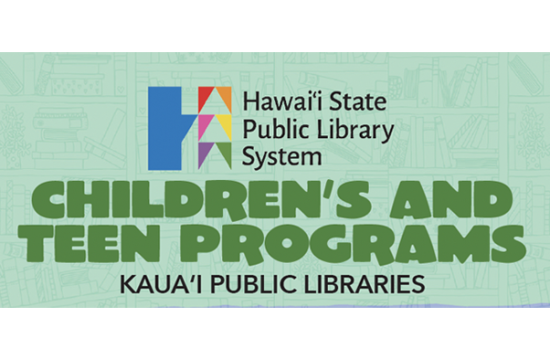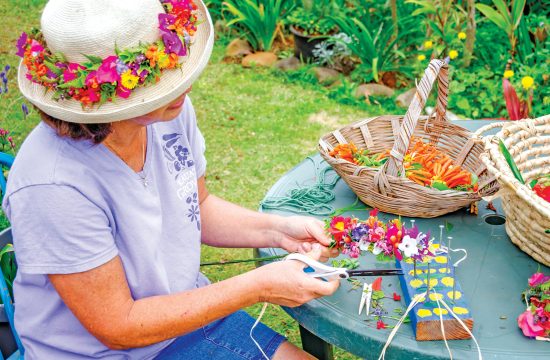Learning Styles
WHAT THEY ARE AND WHY THEY MATTER
Does your child love to read and write? Do they have a knack for music? When they tell a story, do they tend to use their whole body? Are they drawn to groups or do they prefer to work alone? Answers to these questions can give a clue about your child’s learning style.
A learning style is the method a person uses to learn – and should be used to maximize learning (and minimize frustration). It’s important for parents to understand their child’s learning style so they find the study techniques, environments and activities that help them learn best, which allows them to get the most out of their education.
Knowing your child’s learning style can also equip you to handle challenges that may occur because of their preferred learning style. And don’t be surprised if your child prefers a combination of learning styles, as this is quite common.
Visual
- Write information down.
- Underline or highlight important information while reading.
- Use colorful diagrams, charts, drawings and other visual aids.
Auditory
Kids who are auditory learners are typically drawn to music. They may sing, play a musical instrument or have the “ear” to pick individual musical instruments out of a piece of music. Study tips for these learners include:
- Use music and rhythm to remember information.
- Read/recite information aloud, maybe even record and playback.
- Hum, sing or tap feet while working (where allowed).
Verbal
Kids with a verbal learning style easily express themselves in both spoken and written communication. Verbal learners have a rich vocabulary and consistently seek out new words to add to it. Study tips for these learners include:
- Use rhymes, acronyms and other word associations as mnemonic devices.
- Take detailed notes.
- Rewrite and paraphrase your notes using your own verbiage.
Physical
Kids who prefer using their bodies, hands and sense of touch are physical learners. They often enjoy drama, dancing, woodworking or exercise. Moving their bodies helps them clear their minds. Therefore, sitting still can be a challenge; they often fidget. Study tips for these learners include:
- Use fidget toys and squeeze balls to allow non-disruptive movement.
- Allow full-body movement when possible, like pacing and standing.
- Create and use flashcards.
Logical
Kids with a logical learning style generally excel in math and critical thinking. They recognize patterns and commonalities in seemingly unrelated content. They often understand and work complex calculations in their head. Study tips for these learners include:
- Set specific goals and objectives.
- Make to-do lists, agendas, charts and actionable procedures.
- Do not simply memorize: understanding the concepts and reasons behind information leads to long-term retention.
Social
Social learners love working in groups and participating in class. They relate well to their peers and enjoy hearing others’ ideas and sharing their own. They tend to be well-liked and seen as leaders. Study tips for these learners include:
- Do group projects when possible.
- Create study groups. Even if everyone is studying different things, being together is key.
- Role play for greater retention.
Solitary
Kids with a solitary learning style prefer working alone. They tend to be independent, introspective and private, and have strong concentration skills.
- Study alone in quiet spaces.
- Always keep noise-canceling headphones handy.
- Keep a journal to reflect on personal thoughts and feelings.
- Make an agenda to keep on task.
- Take frequent breaks.








